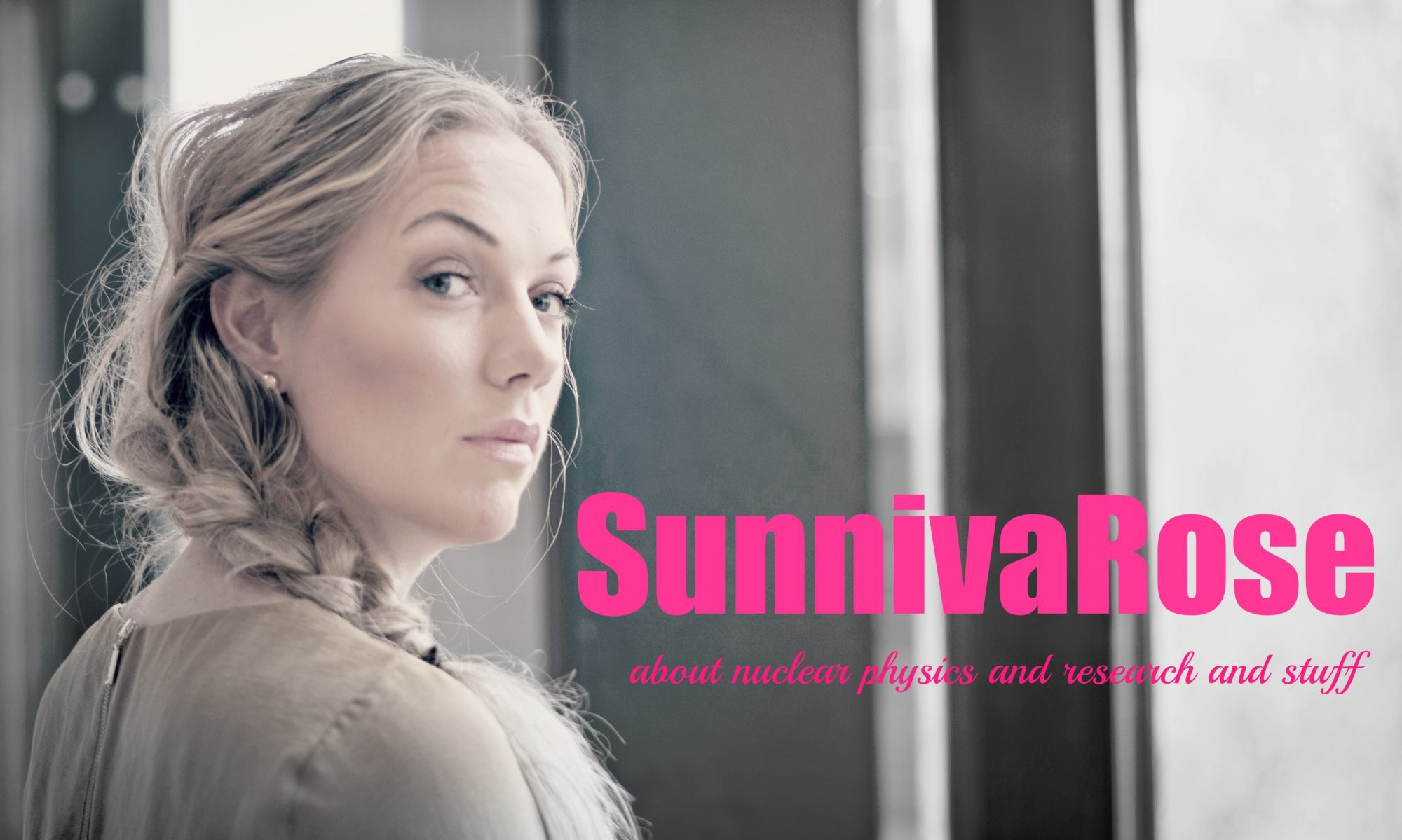Tuesday:
- procrastinate
- coffee with Anders
- crying in the cantina
- dugnad in the kindergarden
- going home
- crying in the shower
- feeling stupid
- thinking (hard) about the thesis
- submitting abstract for PhD Day
It's phdlife.

what is my story?
why are my results interesting?
what are the important things that we did?
Read EVERYTHING about PhD day HERE
Good morning, and happy Monday everyone <3
Nothing, really.
What does this saying makes us feel or think?
It makes us scared.
There's no getting around it: Chernobyl was awful. The design of the reactor was terrible, its purpose for being was terrible, its operation was terrible, the test they were performing when it blew up was terrible. The reactor was designed to primarily produce plutonium for nuclear weapons. The reactor was housed in a warehouse rather than a full containment building. It was designed so overheating sped up the reaction until the whole thing burst like an overinflated balloon. But we don't have to fear nuclear energy just because the Soviets did it the dumb way. That would be like banning cars because some drunk guy crashed one while trying to steer with his penis.
PS: I'm going to be a guest on Tidenes Morgen on P13 tomorrow morning around 8 AM, it will not be about the Chernobyl accident, but maybe it'll be fun to listen to 🙂
Remember this blogpost/rant, about how I hate the word "natural"?
What does it even mean? What is "natural", and what is "un-natural"?